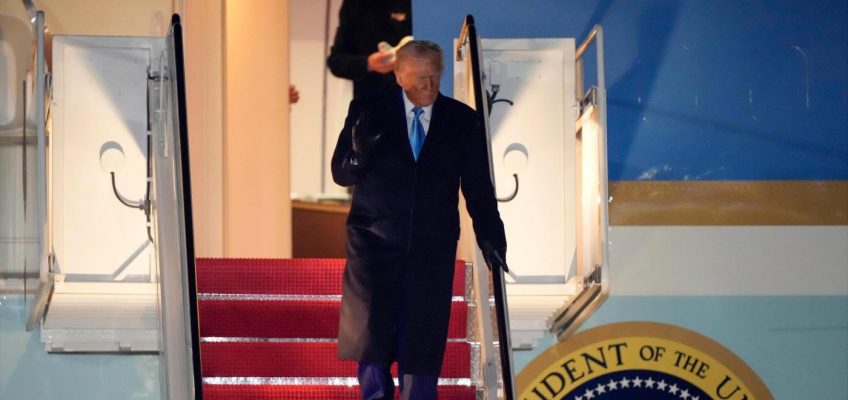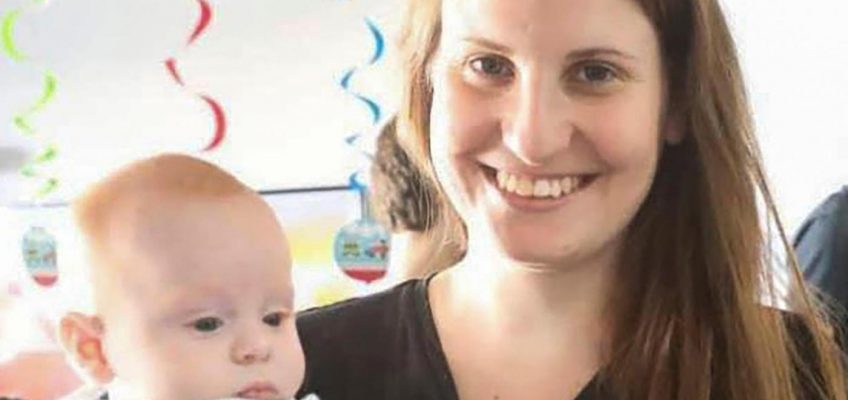By ERIC TUCKER, Associated Press
WASHINGTON (AP) — The Senate was set to vote Thursday on whether to confirm Kash Patel as FBI director, a decision that could place him atop the nation’s premier federal law enforcement agency despite concerns from Democrats over his qualifications and the prospect that he would do President Donald Trump’s bidding.
Patel cleared the Senate Judiciary Committee last week by a 12-10, party-line vote and is set for consideration by the Republican-controlled Senate on Thursday afternoon.
Related Articles
Trump says federal government should ‘take over’ DC, backing congressional GOP push
Trump backs idea to send some DOGE savings to American citizens
Lutheran Social Services of Minnesota laying off 27 after Trump suspends refugee program
Trump DOJ seeks delay in Minneapolis policing consent decree
What’s going on with the Kennedy Center under Trump?
He is expected to be confirmed unless more than three Republican senators defy Trump’s will and vote against him, which is seen as unlikely. Trump has already secured approval for most of his nominees despite initial Republican skepticism to several of his choices.
Patel, a Trump loyalist who has fiercely criticized the agency that he is poised to lead, would inherit an FBI gripped by turmoil. The Justice Department in the last month has forced out a group of senior FBI officials and made a highly unusual demand for the names of thousands of agents who participated in investigations related to the Jan. 6, 2021 riot at the U.S. Capitol.
Trump has said that he expects some of those agents will be fired.
Republicans angry over what they see as law enforcement bias against conservatives during the Biden administration, as well as criminal investigations into Trump, have rallied behind Patel as the right person for the job. Democrats, meanwhile, have complained about his lack of management experience compared to others who have held the director’s job and highlighted incendiary past statements that they say call his judgment into question.
“My prediction is if you vote for Kash Patel, more than any other confirmation vote you make, you will come to regret this one to your grave,” Democratic Sen. Chris Murphy of Connecticut said this week.
FILE – Kash Patel, President Donald Trump’s choice to be director of the FBI, arrives for his confirmation hearing before the Senate Judiciary Committee at the Capitol in Washington, Jan. 30, 2025. (AP Photo/Ben Curtis, File)
Patel’s eyebrow-raising remarks on hundreds of podcasts over the last four years include referring to law enforcement officials who investigated Trump as “criminal gangsters,” referring to some Jan. 6 rioters as “political prisoners” and pledging to “come after” anti-Trump “conspirators” in the government and media.
At his confirmation hearing last month, Patel said Democrats were taking some of his comments out of context or misunderstanding the broader point that he was trying to make, such as when he proposed shutting down the FBI headquarters in Washington and turning it into a museum for the so-called deep state. And Patel denied the idea that a list in his book of government officials who he said were part of a “deep state” amounted to an “enemies list,” calling that a “total mischaracterization.”
FBI directors are given 10-year terms as a way to insulate them from political influence and keep them from becoming beholden to a particular president or administration. Patel was selected in November to replace Christopher Wray, who was picked by Trump in 2017 and served for more than seven years but who repeatedly angered the president and was seen by him as insufficiently loyal. He resigned before Trump took office.
A former federal defender and Justice Department counterterrorism prosecutor, Patel attracted Trump’s attention during his first term when, as a staffer on the Republican-led House Intelligence Committee, he helped author a memo with pointed criticism of the FBI’s investigation into ties between Russia and Trump’s 2016 campaign.
Patel later joined Trump’s administration, both as a counterterrorism official at the National Security Council and as chief of staff to the defense secretary.




